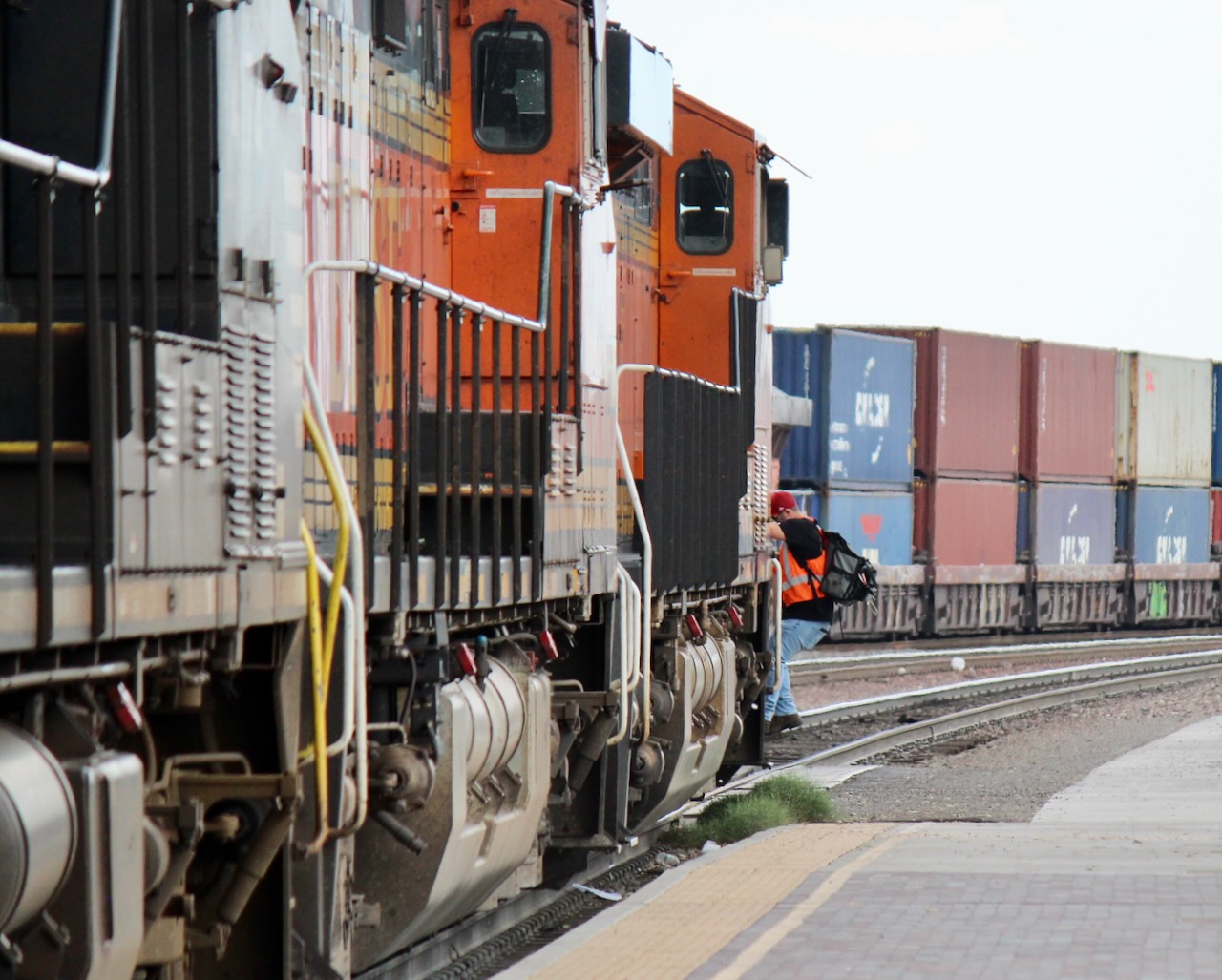
Continuing our countdown of the Trains News Wire Top 10 stories of 2022, as determined by a vote of Trains editors, columnists, and masthead correspondents:
You could call 2022 The Year of the Crew Shortage. Or you could just as easily call it The Year Service Fell Apart on the Big Four U.S. Class I Railroads. Either way you’d be right.
The intertwined problems are Trains’ No. 2 and No. 3 top stories of the year.
CSX Transportation and Norfolk Southern entered the year critically short of crews at multiple terminals across their railroads, which created congestion that spiraled into widespread service problems. Then early in the year crew shortages hit BNSF Railway and Union Pacific, too, and their railroads coagulated.
Shippers complained to federal regulators, who in late April held two days of emergency hearings on railroad service problems. The Surface Transportation Board in early May required the big four U.S. systems to develop service recovery plans and provide the board with greatly expanded data on their operational performance and staffing levels.
The other big railroads — Canadian National, Canadian Pacific, and Kansas City Southern — were able to maintain adequate staffing and keep service at relatively normal levels. But they, too, were required to submit expanded performance metrics.
The extent of crew shortages on the big four systems was unprecedented. The problem goes back to the onset of the pandemic in 2020, when Class I railroads furloughed crews as volume sank at the fastest rate on record. When traffic rebounded within a few months, crew members were not called back to work at the same rate as volume returned. Why? Because railroads were moving their tonnage on fewer but longer trains and therefore thought they didn’t need as many engineers and conductors.
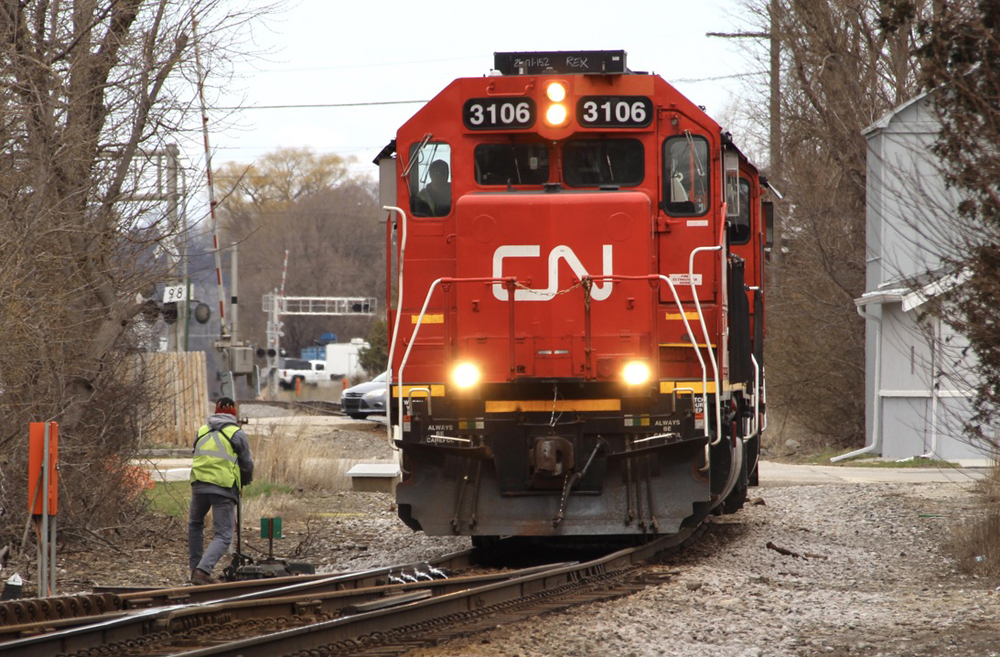
Then three things happened that put the railroads in a bind. Furloughed conductors found work elsewhere and didn’t come back to the railroads at the same rate as they had in the past. Train and engine crews quit or retired at higher rates than usual in many terminals. And the tightest job market in decades made it difficult for railroads to hire conductor trainees.
Union leaders and rank-and-file employees also blamed the railroads’ onerous attendance policies for driving away experienced conductors and engineers in some terminals — something that typically doesn’t happen with mid-career railroaders.
The lack of crews at a few terminals quickly produced congestion and locomotive shortages that rippled across the big systems. Yards filled up. Trains were parked in passing sidings. Locals missed customer switches and shortline interchanges for days at a time. Loaded unit trains sat at origin, while empties were stuck at their destinations without crews.
The congestion fed on itself as more and more trains had to be recrewed en route as their engineers and conductors ran up against the federal hours of service law. And this only exacerbated the crew shortages, as railroads required more crews and locomotives to move the same amount of freight.
To prevent a meltdown in California and the Southwest over the Fourth of July holiday, BNSF imposed an unusual embargo on certain carload shipments to California from late June through early September.
To ease congestion, UP in April and again in November also threatened to impose embargoes on customers who the railroad said had too many privately owned freight cars in use. Some customers voluntarily reduced the size of their fleets, while UP did restrict the amount of freight others could put on the railroad.
The railroad issued more than 1,000 embargoes for the year to date through November in response to congestion, compared with just 27 in 2017, the year before it adopted a lean Precision Scheduled Railroading operating model. The dramatic increase caught the attention of the STB, which ordered UP executives to appear at a two-day hearing in December on the dramatic increase in the railroad’s use of embargoes.
After the hearing UP said it would not issue new embargoes as it rethought its approach to dealing with congestion. UP has issued the vast majority of Class I railroad congestion-related embargoes this year.
UP also was hit with an emergency service order in June, requiring the railroad to prioritize corn shipments to a California poultry and feed producer. Foster Farms is the largest chicken producer in the West and uses UP-delivered corn to make the feed that thousands of dairy cattle and millions of chickens depend upon. Repeated UP service failures forced Foster Farms to suspend feed production at its facilities, creating the prospect that livestock would go hungry or have to be euthanized. UP ultimately delivered more corn than Foster Farms could handle.
BNSF, CSX, NS, and UP went on hiring binges to fill their conductor training classes. As the new conductors graduated from training, staffing levels and service gradually improved as the year went on but overall was not yet back to normal by late December.
Coming Saturday: The No. 1 story of 2022.
Additional News Wire coverage:
Poor rail service threatens U.S. economy, shippers tell federal regulators, April 28, 2022
Data reported to federal regulators reveal extent of deterioration in rail service, June 9, 2022
Union Pacific hit with STB emergency service order for California poultry, feed producer, June 17, 2022
BNSF to end California traffic embargo in September, Aug. 18, 2022
Trouble on the Transcon, Aug. 31, 2022
CSX, NS, and UP executives tout gradual service improvements as crew hiring continues, Sept. 7, 2022
Shippers, labor, and regulators critical of Union Pacific’s use of embargoes, Dec. 13, 2022
Union Pacific puts stop to new embargoes after STB hearings, Dec. 16, 2022






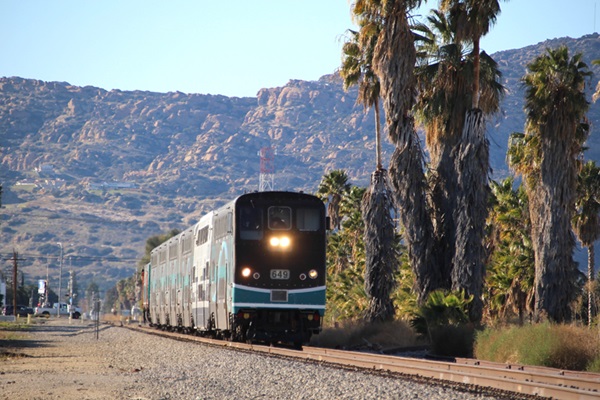
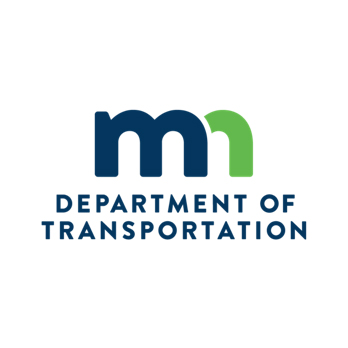
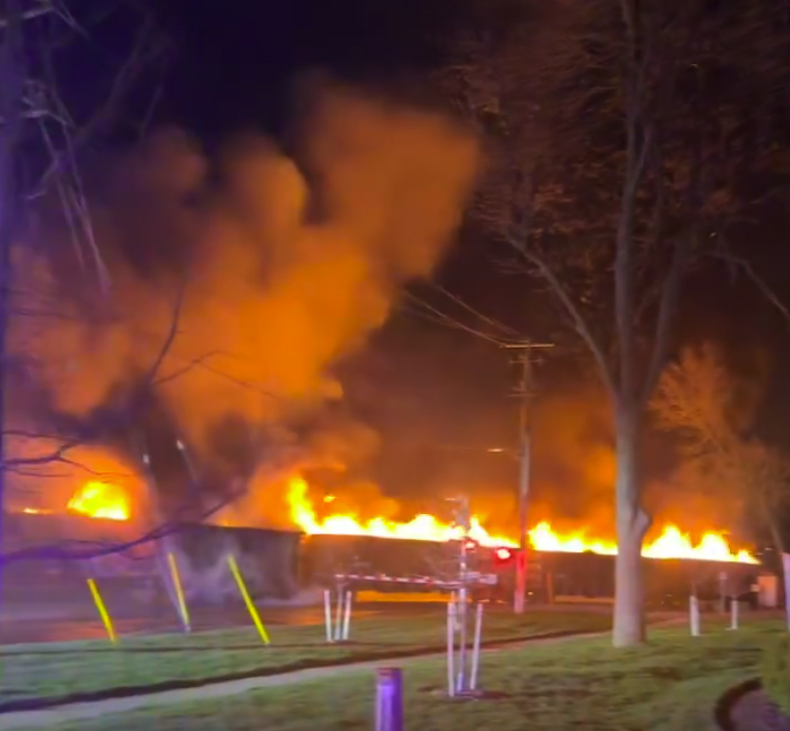
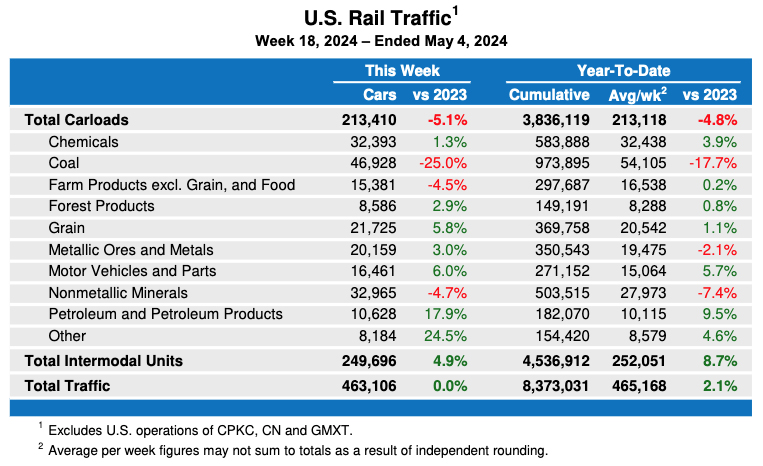




Once again, the railroad is its own worst enemy. You have to wonder if they need shoes at all as many times as they have shot themselves in the foot, prioritizing maximum profitability over fluid operations.
PSR’s greatest flaw, the inability to handle even a tiny fluctuation in traffic without causing a crisis.
The big orange crew issues started at exactly the same time as they initiated their hi-viz attendance policy and it’s been getting worse ever since. All of us trainmen and enginemen are waiting to see the amount that leave come the middle of January. The reporting needs to not just ask the corporate narrative, they need to ask the rank and file what’s going on as well. The companies want a nothing to see here approach while us in the trenches want everyone to see what’s really going on. Hiring onto a railroad for good pay and benefits hasn’t changed a bit, so the railroads are easily competitive in that regard, but what they will not tell the general public is their corporate attendance policies absolutely run prospective employees off right from the start no doubt about it, I’ve seen it already countless times this year.
Exactly correct. Bnsf isn’t alone in their treatment of employees. They all seem to be treat employees like garbage, then scratch their heads trying to figure out why employee retention is so low. I’m at CN, and they have created policies that have destroyed morale and increased fatigue. The biggest being throttle restrictions. Doing 20 mph on a 4000 ton train on the flats, down to less than 10 mph up hill. If I was new to the company I’d probably just go elsewhere, but 17 years in, I have too much invested at this point.